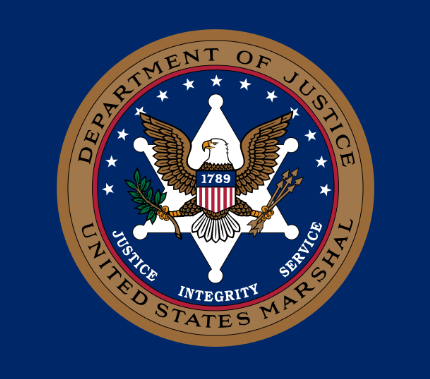
The recent ransomware attack on the U.S. Marshals Service highlights the vulnerability of critical government agencies to cyberattacks. The breach impacted a stand-alone system, which indicates that the agency had implemented some level of isolation from other federal networks. However, this was not sufficient to prevent the hackers from gaining access and compromising sensitive information. In this blog post, we'll explore what steps could have been taken to prevent this breach and what we can learn from this incident.
What Happened?
According to the agency spokesperson, cybercriminals were able to obtain administrative data, including personal information of certain employees, information about wanted fugitives, and sensitive law enforcement information, including ongoing legal procedures. The attackers used ransomware to encrypt the data, making it inaccessible to the agency.
What Could Have Been Done to Prevent the Breach?
1. Regular Cybersecurity Assessments: Regular cybersecurity assessments would have identified vulnerabilities in the system and enabled the agency to take proactive measures to mitigate them. The assessments should include both technical and procedural evaluations of the system.
2. Employee Training: The agency should have provided regular training to employees on cybersecurity best practices, such as identifying phishing attempts and avoiding clicking on suspicious links or attachments.
3. Multi-Factor Authentication: Implementing multi-factor authentication would have made it harder for hackers to gain access to the system. This would have required users to provide an additional layer of authentication, such as a code or biometric data, before being granted access to the system.
4. Regular Data Backups: Regular backups of critical data would have enabled the agency to quickly recover from a ransomware attack without having to pay a ransom.
5. Network Segmentation: The agency should have segmented the system into different networks based on the level of sensitivity of the information. This would have limited the impact of the breach by preventing the attackers from accessing all the data.
What Can We Learn from this Incident?
The U.S. Marshals Service breach highlights the need for critical government agencies to take cybersecurity seriously. It is not enough to implement basic security measures and hope for the best. Regular cybersecurity assessments, employee training, multi-factor authentication, regular data backups, and network segmentation are all critical measures that should be taken to prevent breaches.
In conclusion, it is essential that all organizations, including government agencies, take proactive steps to prevent cyberattacks. The consequences of a breach can be devastating, and the cost of prevention is much lower than the cost of remediation. By implementing best practices and staying vigilant, organizations can reduce their risk of becoming the next cyberattack victim.